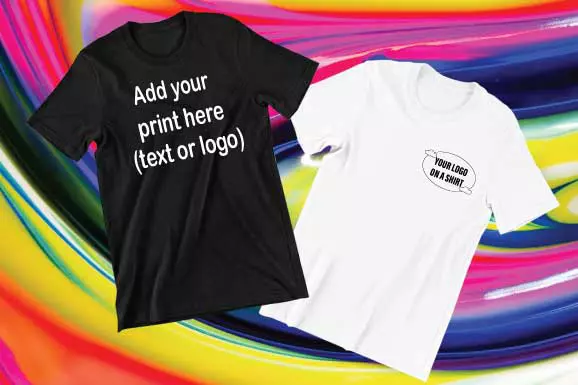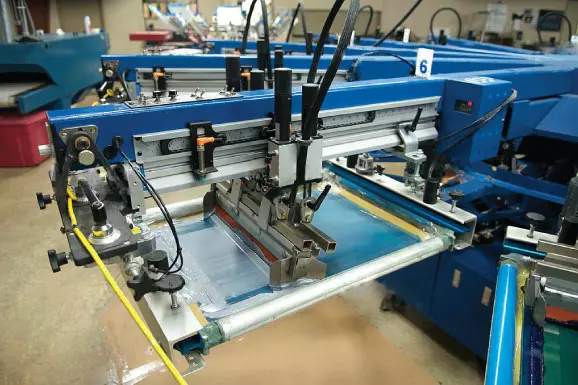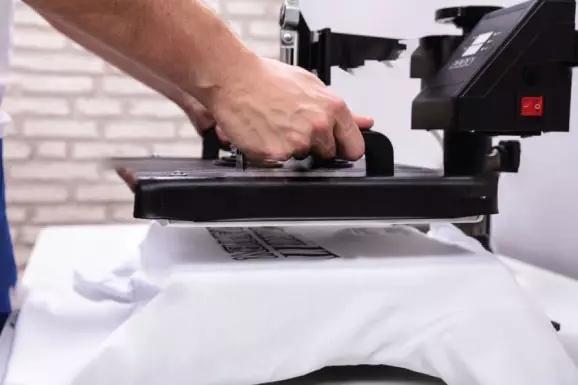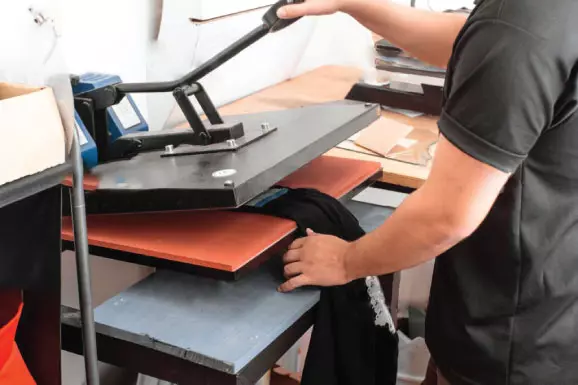
How Much does T-Shirt Printing Cost?
If you are interested in learning about the costs associated with printing T-shirts, then continue reading. In this article, we will discuss types of t-shirt printing, their prices, and the variable expenses they may incur. Generally, colored t-shirts are cheaper than white ones. Read on to discover the best ways to price t-shirt printing for your business. And don’t forget to consider Variable expenses like the color of the t-shirt.
Price Guide for T-shirt Printing
The basics of t-shirt printing include the cost of screen printing, which is done on a high-quality cotton shirt. However, there are some price variations, depending on the type of shirt and the number of prints. Listed below are some examples of the cost of t-shirt printing. Some apparel brands charge more than others for customized t-shirts. Fortunately, there are a few tips to keep in mind to get the best deal.
The cost of t-shirt printing includes material costs, such as the blank shirt, transfer, and other costs. Aside from the blank shirt, other costs include shipping and overhead. Be sure to factor in all of these expenses when determining the cost of a t-shirt printing project. Once you know your costs, you can determine the price that will work best for your business. You can also increase the price of the product to make it more appealing to potential customers.
Once you’ve figured out the cost of producing t-shirts, think about how much you’re willing to charge. If the product is high quality, you should charge a high price to communicate that. Otherwise, people will think it is low quality. If the cost of production is high, you can charge as much as $10 more at retail. Don’t be afraid to price your t-shirts for their worth, because your customers will be more likely to buy a high-quality shirt than a low-quality one.
Pricing t-shirts is a tricky process. You’ll want to balance your desired profit per shirt with the amount of money your audience is willing to spend. However, a high selling price may limit the number of potential buyers. As a result, it’s important to determine a price range that balances these factors. By assessing your expenses, you can choose a reasonable selling price that will still give you maximum profit.
Variable Expenses for T-shirt Printing
T-shirt production cost includes direct labor costs, overhead costs, and materials used. It also includes shipping and handling. These are all included in the overall cost of production, so it’s important to know exactly what you’re paying for before determining your selling price. For example, the labor cost of printing a single shirt is directly related to the cost of materials used. If your employees print the shirts themselves, this cost is important, since you’ll need to account for their time.
Other variable expenses include rent and employees. These expenses increase when the output increases, so you need to keep that in mind when pricing. Advertising costs can be minimized with word-of-mouth marketing and social media. In addition, printing supplies rise with the number of shirts printed. So, if you’re running a small business, you may want to factor these costs in before making a final decision.
Various costs in T-shirt production can be reduced by cutting fixed expenses. These include rent, electricity, insurance, and website monthly fees. Other variable expenses include inventory, production supplies, and labor fees. These expenses can help you set a competitive price for your products and gain profit. Many organizations are available to help you navigate the world of T-shirt printing, and can provide mentorship, trade shows, and conventions.
While numerous factors can affect T-shirt production costs, online T-shirt marketplaces offer the lowest startup costs. By selling online, you can create designs, design a T-shirt, and collect the profits when your designs sell. T-shirt businesses are highly competitive and have to define their niche and market to specific groups of consumers. So how do you get started? Listed below are some important variables to consider when calculating T-shirt printing costs.
Pricing Strategy for T-shirt Printing
If you’re considering a business venture such as T-shirt printing, you must decide how to price your finished products. The best way to price your products is by considering your production costs, both direct and indirect. Direct labor costs, for example, are labor costs involved in printing your printed shirts. These costs are important to consider if you’re hiring employees to print the shirts. Secondly, overhead costs, such as printing ink, should be factored into your total cost.
It’s best to research competitors’ pricing strategies and try to price your t-shirts within the range of those brands. Be careful to avoid pricing too high or too low – if you do, you will end up spinning your wheels. Find a happy medium between these two extremes, and you’ll find that your sales will grow. While this might seem like a difficult task, remember that the pricing strategy you use will have a significant impact on your success.
A pricing strategy that considers the number of shirts that a customer buys is called quantity pricing. A larger quantity of T-shirts means a lower price per shirt. Larger quantities can also save you money on packaging costs. A common benefit of bulk buying is that it’s easy to control the price per unit. Similarly, you can price your T-shirts according to the demand schedule. If you have an inventory of 10 T-shirts, you may be able to sell them for a lower price per shirt.
Pricing is a crucial part of any business venture. Many entrepreneurs make the mistake of pricing their T-shirts too low and then have to adjust accordingly. It’s important to remember that people’s willingness to pay varies from their ability to pay, so experimenting with prices and markup levels will help you determine how much your products are worth. Remember, however, that a cheap price doesn’t mean it’s the best strategy.
Colored T-shirts are Cheaper
You can buy a solid color t-shirt for a fraction of the cost of a solid-colored shirt. The quality of a good t-shirt is the foundation of a great outfit, whether it’s a pair of jeans by themselves, a flannel shirt, or a suit. T-shirts come in a variety of styles and materials, so finding a quality one can be difficult. Cheap t-shirts are often shapeless and ill-fitting. On the other hand, middle-priced t-shirts are functional, and of good quality in fit and fabric.
If you’re looking to get a good value for your t-shirt purchase, you should consider buying in bulk. A large order of 20 shirts will cost less than two-thirds of the amount you’d spend if you bought them separately. When determining how much to charge, be sure to factor in the cost of the shirts and any additional printing fees. Then, multiply that figure by two to find the total cost.
The cheapest T-shirt to order is white, but it doesn’t stand out very much. Colored t-shirts, on the other hand, are more striking and stand out better. Whether you’re printing a logo, slogan, or promotional shirt, colored t-shirts can be an excellent advertising tool. Depending on your needs, a one-color print can cost less than five dollars per shirt.
While you might be surprised that colored t-shirts are cheaper than black t-shirts, they’re not as good quality as solid-colored shirts. The price difference is negligible, so if you’re not sure about the quality of a T-shirt, check out different popular t-shirt brands. You’ll find quality products at lower prices, and you’ll get them sooner rather than later.
Heat Transfer Vinyl is an inexpensive way to print T-shirts
A heat transfer vinyl is a type of permanent vinyl that can be used to print on t-shirts, blankets, pillows, and more. The vinyl comes with a carrier sheet, similar to the transfer tape, and is applied face-down on a mat. Before applying it to a shirt, you must reverse the design and apply even pressure to each side. Once you are satisfied with the design, you can remove the carrier sheet and remove the vinyl from the t-shirt.
With this method, you create a design on a sheet of vinyl, then transfer it onto a t-shirt. Heat transfer vinyl can be applied to any type of t-shirt and has high-quality designs. The process can be tricky, as you will need a high-quality heat press and a printing press. The downside of this method is that the transfer paper may peel off later, so it is not a good choice for large orders.
You can choose from hundreds of colors and textures of heat transfer vinyl. If you need a logo on navy t-shirts, you can select from blocky white text to neon green. If you want to create a design for a special occasion, you can print on t-shirts in your favorite color and use the heat transfer vinyl to make your shirts look great. The best part about this process is that it’s inexpensive.
Once you have a base of customers, you’re ready to start making a profit from your T-shirt business. If you don’t have a strong customer base yet, you can let friends and family know that you’re in the business of making custom t-shirts. You can also provide personalization services. Then, make a pricing plan and start earning some cash!
Here are a few more blog articles about different t-shirt printing methods and pricing
Our custom t-shirt printing articles are inspirations for many




